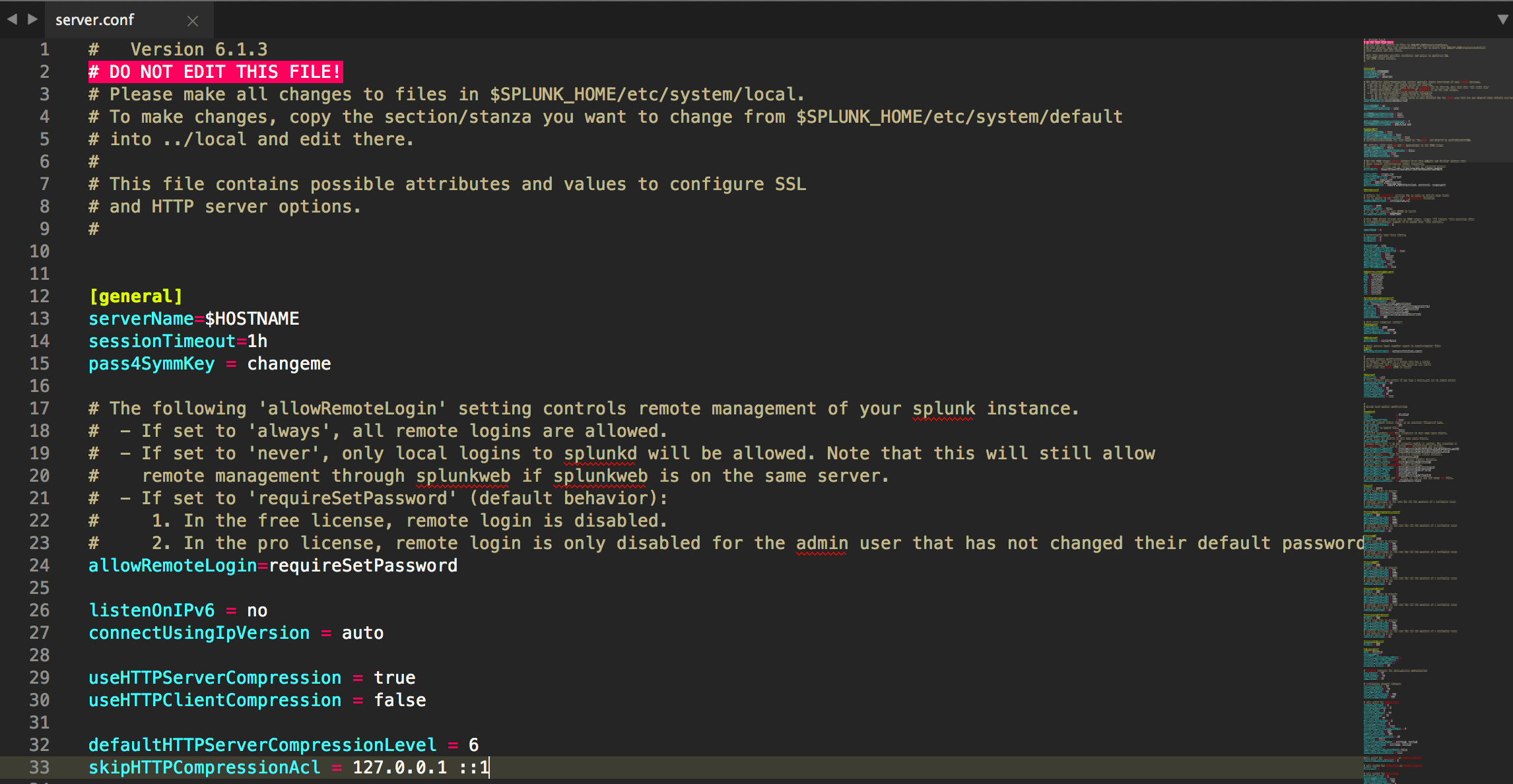
Having product analytics would assist product teams in gaining knowledge of user behavior and preferences, which can be used to inform design decisions and result in superior product design.
#SPLUNK .CONF 2016 COST HOW TO#
Product analytics plays a crucial role in product design, as it helps product teams understand user behavior and interaction with the product, leading to insights for product development.īy tracking user actions, examining user flows and recognizing user motivations, product teams can pinpoint areas for improvement and optimize the user experience to drive engagement and loyalty.įor example, product analytics can be used to identify trends in feature adoption and visualize user experiences, helping teams make informed decisions about which features to prioritize and how to enhance the overall user experience. I'll share more about them below: Improving product design Some of the most notable use cases include improving product design, personalizing customer experiences and identifying growth opportunities. There are several use cases for product analytics, each offering unique benefits and insights to help businesses optimize their products and services.

( Get a deeper understanding of business metrics & KPIs. According to a report by Mixpanel, retention, engagement and conversion were among the most popular product metrics used. Monthly Active Users (MAU) and Daily Active Users (DAU): The number of users who actively use the product or service on a monthly and daily basis, respectively.Įach of these metrics provides valuable insights into different aspects of user engagement and product performance, helping businesses make informed decisions and optimize their products for success.Conversion rate: The percentage of users that complete a desired action within the product or service.Average session length: The average duration of each user’s session.User engagement rate: The percentage of users who actively use the product or service on a regular basis.Lifetime value (LTV): The total amount of money a customer is expected to generate over their lifetime with the company.Average revenue per user (ARPU): The average amount of money earned from each user over a given period of time.

Churn rate: The percentage of customers who discontinue using the product or service.Retention rate: The percentage of customers that return to use the product or service.Customer acquisition cost (CAC): The cost of acquiring one new customer.Some of the most important metrics used in product analytics include: In order to fully harness the power of product analytics, it's vital to understand the key metrics involved. This customer-centric approach not only results in more satisfied customers but also helps build long-term loyalty and drive repeat business. It provides valuable insights into present market trends, which businesses can leverage to gain a competitive advantage.įurthermore, product analytics can help teams monitor, visualize and analyze user engagement and behavior data to refine and optimize a product or service.īy adopting a data-driven company culture, businesses can better understand their customers, resulting in improved interactions. Product analytics is an invaluable tool for increasing product quality and user experience, leading to higher profitability for companies that utilize it.

In essence, product analytics enables businesses to create more engaging and effective products that cater to the needs and preferences of their users. To achieve this, product analytics tools offer a range of features, such as:īy employing product analytics, businesses can optimize product design by gaining insight into what customers use and do not use and their actions taken for different products. It plays a vital role in understanding user behavior and engagement, providing product teams with valuable insights to inform design decisions and optimize product performance. Product analytics is the process of gathering, examining and interpreting data derived from user interactions with a product or service.

In this article, we'll provide a comprehensive overview of product analytics, its key metrics, use cases and tools, as well as discuss how to implement it successfully and answer some common questions. In fact, 64% of respondents in one survey have achieved their goals through product analytics.īut what exactly is product analytics, and how can it benefit your organization? Product analytics has emerged as a crucial tool for businesses to optimize their products and create exceptional customer experiences. Today, everyone wants data to drive decision-making.


 0 kommentar(er)
0 kommentar(er)
